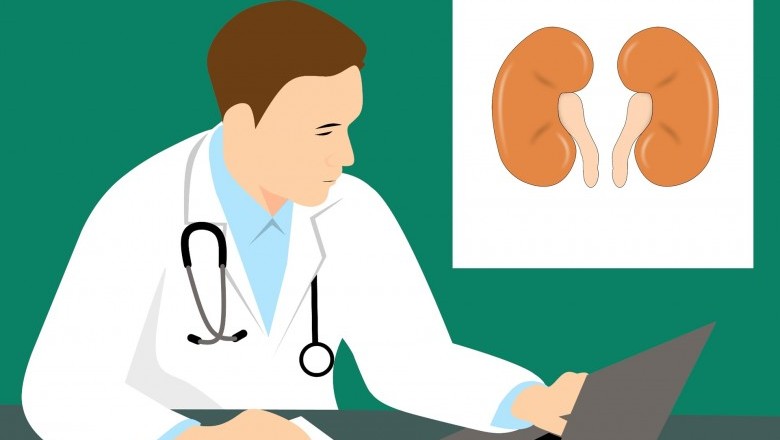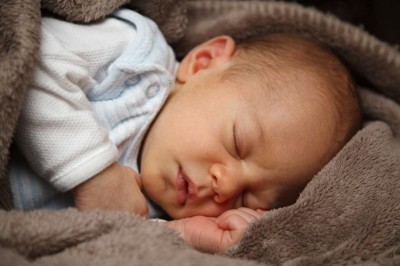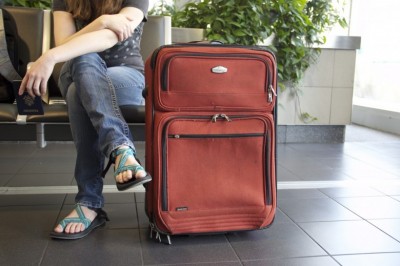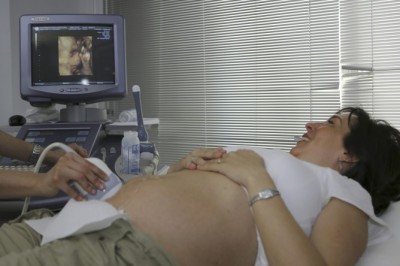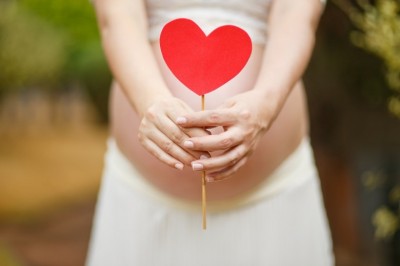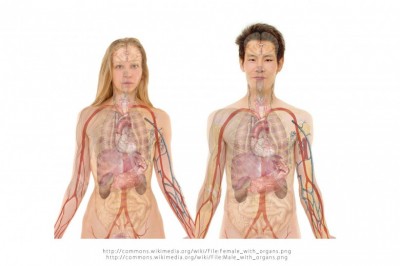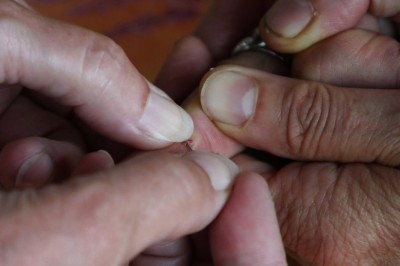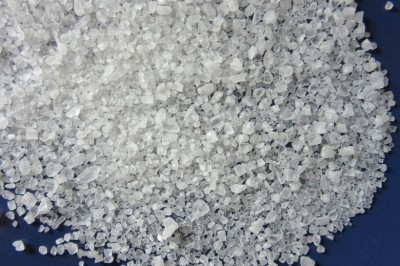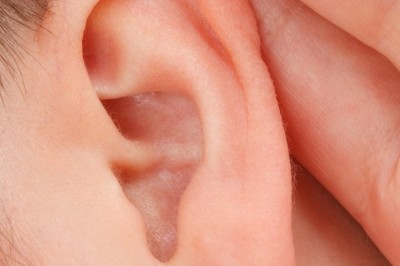
Kidney Cysts - Information on Kidney Cysts
A cyst is a closed pocket or pouch of tissue that can form anywhere in the body. Cysts can be filled with air or fluid. Cysts that form on the kidneys usually contain fluid. One or more cysts may develop on small tubes in the kidneys. The simple kidney cyst is different from the cysts that develop when a person has polycystic kidney disease, which is a genetic disease. Although its cause is not fully understood, the simple cyst is not an inherited condition. Simple kidney cysts become more common as people age. Nearly 30 percent of people over the age of 70 have at least one simple kidney cyst.
Simple kidney cysts are abnormal pouches containing fluid. The simple cyst is the most common form of kidney cyst. Although its cause is not fully understood, we do know that the simple cyst is not an inherited condition. Cysts may be single or multiple and develop on small tubes in the kidneys.
Kidney disease is a genetic disorder characterized by the growth of numerous cysts in the kidneys. The kidneys are two organs, each about the size of a fist, located in the upper part of a persons abdomen, toward the back. The kidneys filter wastes and extra fluid from the blood to form urine. They also regulate amounts of certain vital substances in the body. When cysts form in the kidneys, they are filled with fluid. PKD cysts can profoundly enlarge the kidneys while replacing much of the normal structure, resulting in reduced kidney function and leading to kidney failure.
Almost all kidney cysts are found on tests that create a picture of your insides. These tests include ultrasound, computerized tomography (CT) or magnetic resonance imaging (MRI) scans. A doctor may notice that the patient has a kidney cyst when he or she does one of these tests for another problem. Benign cysts that are found when a doctor is looking for something else are called "incidental cysts."
Chronic pain, usually located in your back or your side, is a common symptom of polycystic kidney disease. Often, the pain is mild and you can control it with over-the-counter medications containing acetaminophen. For some people, however, the pain is more severe and constant. In rare cases, your doctor may recommend surgery to remove cysts if theyre large enough to cause pressure and pain.
Cysts are noncancerous (benign), round sacs that contain water-like fluid. They vary in size from tiny sacs to sacs large enough to hold several quarts of fluid. Having one or more benign kidney cysts is common, especially in people older than 50. A benign, simple kidney cyst doesnt require treatment. And having one or more kidney cysts doesnt mean you have polycystic kidney disease.
Keep in mind that multiple cysts can be confused with generalized or even localized hydronephrosis. Look for a lack of central communication between the cysts as a distinguishing feature. With hydronephrosis, the dilated calyces are seen to coalesce centrally like the fingers of a glove as they connect to the renal pelvis and proximal ureter. If the differentiation isnt clear on US, an IVP or CT exam can help with the diagnosis. If the radiologist is confident that the central renal cystic mass or masses represent parapelvic cysts and the finding is completely incidental, then no further imaging followup or investigation is necessary. MM (Reference: Radiology: Diagnosis, Imaging.
Read about beauty tips, makeup tips, eye makeup tips . Read about home remedies and beauty tips, makeup tips, skin care tips



